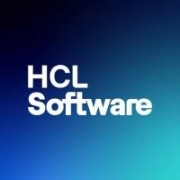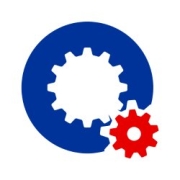Release Automation streamlines software deployment, enhancing efficiency by automating repetitive tasks and reducing human error. It facilitates faster release cycles and increases software reliability, crucial for businesses aiming for quick time-to-market.
With growing demands for rapid software releases, Release Automation supports continuous integration and delivery, providing a seamless transition from development to production. It reduces bottlenecks by automating manual tasks, offering real-time insights and allowing teams to deploy more frequently and safely. Organizations benefit from improved collaboration among development, testing, and operations teams.
What features make it stand out?In industries like finance and healthcare, Release Automation ensures secure, compliant, and frequent software updates. These sectors rely on automated workflows to handle sensitive data, enhancing security and compliance while maintaining rapid deployment speeds.
Automation in software releases is essential for businesses aiming to enhance efficiency and maintain competitive advantage. It helps manage release cycles more efficiently, allowing teams to respond swiftly to market changes without compromising quality.
| Product | Market Share (%) |
|---|---|
| Microsoft Azure DevOps | 31.2% |
| GitLab | 29.4% |
| Red Hat Ansible Automation Platform | 5.0% |
| Other | 34.400000000000006% |



































Release Automation streamlines the software deployment process by automating repetitive tasks, reducing human error, and ensuring consistent delivery across different environments. This leads to faster deployments, improved collaboration between teams, and a more reliable release pipeline.
What are common features of Release Automation tools?Common features include deployment automation, release orchestration, version control integration, environment management, and rollback capabilities. These features help manage complex release processes, maintain compliance, and ensure successful software deployments at scale.
How can Release Automation minimize downtime?Release Automation minimizes downtime by enabling rapid recovery from failures and facilitating smooth rollbacks if an issue arises. By automating the release process, you can deploy updates during non-peak hours, ensuring minimal impact on user experience.
What challenges should you anticipate with Release Automation?Challenges may include integration with existing systems, adapting to organizational change, and maintaining security and compliance. Proper planning, stakeholder involvement, and investing in training can help mitigate these challenges, ensuring a smooth transition.
How does Release Automation enhance DevOps practices?The integration of Release Automation in DevOps practices accelerates delivery cycles, improves collaboration between development and operations teams, and ensures a more reliable release management process. It allows for rapid feedback loops, continuous improvement, and higher quality software.